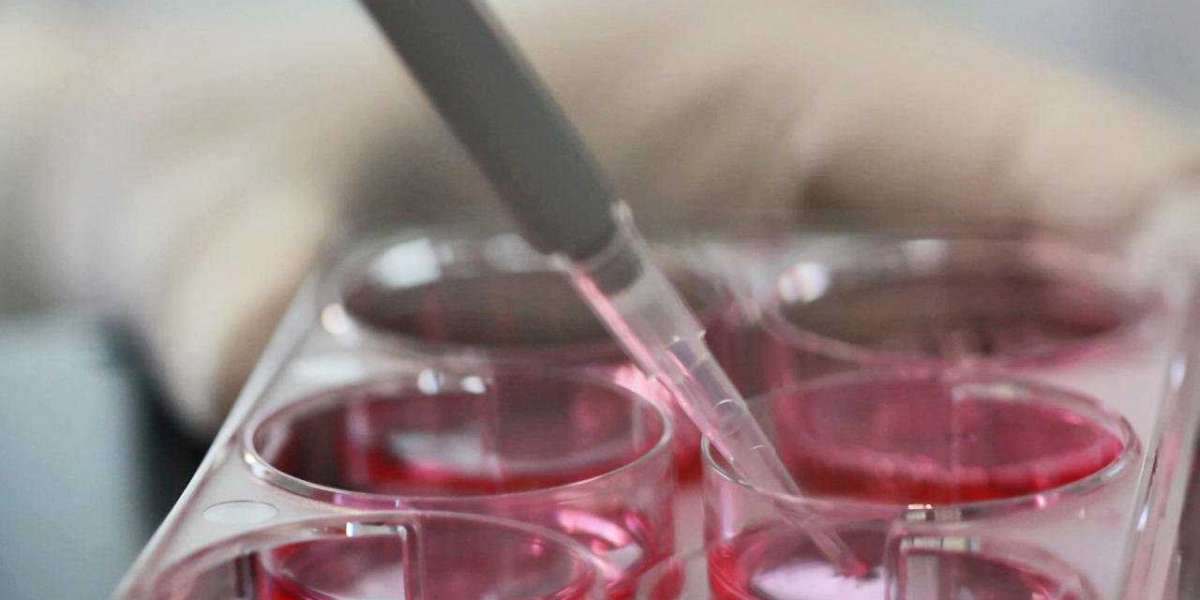Stem cell banking has emerged as one of the most promising areas of medical research in recent times. Stem cells have the potential to revolutionize treatment for various diseases.
What are Stem Cells?
Stem cells are unspecialized cells that have the potential to develop into different types of cells in the body. They are characterized by two main properties - self-renewal and differentiation potential. Stem cells can differentiate or develop into other types of cells with specialized functions like muscles cells, skin cells, nerve cells, etc. Their ability to self-renew and differentiate makes them different from other specialized cells in our body.
Types of Stem Cells
There are three main types of stem cells - embryonic stem cells, adult stem cells, and induced pluripotent stem cells (iPSCs). Embryonic stem cells are derived from embryos within a few days of conception. Adult stem cells are found in small numbers in tissues like bone marrow, liver, etc. iPSCs are adult cells that are genetically reprogrammed into an embryonic stem cell-like state with the potential of all adult cell types. Each type holds promise but also poses ethical and technical challenges.
What is Stem Cell Banking?
Stem Cell Banking refers to the process of collecting, processing, testing, storing, and preserving stem cells from umbilical cord blood and tissues for future therapeutic use. Stem cell banking is a form of biobanking where stem cells are collected after delivery and stored in stem cell biobanks for future use if needed. The stored stem cells can then potentially be used for transplant treatments for the donor or close family members.
Benefits of Stem Cell Banking
Treating Blood Diseases
Umbilical cord blood stem cells can treat over 80 blood-related conditions including leukemias, lymphomas, anemia, and immune disorders. They are routinely used for bone marrow transplants, especially in children. Over 35,000 cord blood transplants have been done worldwide so far.
Fewer Side Effects
Cord blood transplants have lower risks of graft-versus-host disease compared to other sources of stem cells. There are also better chances of finding an HLA match from a cord blood unit than bone marrow registries.
Lifesaving Potential
Storing one’s cord blood stem cells or other neonatal/adult stem cells can be lifesaving in case the donor develops a condition treatable with their own stem cells in future like blood cancers. This is especially important given the shortages in stem cell donor registries.
Family Benefits
Not only can the donor benefit from their privately banked stem cells but also relatives who are HLA matches. Siblings who develop leukemia have nearly a 25% cure rate with a cord blood transplant from a stored unit.
Advancements in Therapies
As research progresses, cord blood derived stem cells are showing promise in treating conditions like cerebral palsy, autism, type 1 diabetes, and neurological disorders in clinical trials. Stem cell banking ensures access to one’s cells for emerging therapies.
The Future of Stem Cell Banking
With continual improvements in stem cell culturing and differentiation techniques, new therapies are emerging at a rapid pace. Here are some potential developments:
Personalized Regenerative Medicine
Patient-specific iPSCs reprogrammed from banked adult/cord blood cells can help develop personalized treatments. Combined with gene-editing, this paves the way for regenerating damaged tissues and organs. Clinical trials are evaluating using iPSCs for eye diseases, Parkinson’s, heart diseases and more.
Disease Modeling
Banked stem cells can serve as invaluable tools for disease modeling and drug discovery. Researchers are reprogramming cells from patients to study diseases like ALS, diabetes, and cancers in Dish. This accelerates the development of new therapies.
Organ Donation
Research aiming to generate whole functional organs from stem cells is underway. This could potentially address the dire shortage of organs for transplantation. Scientists have already generated human mini-organs like liver buds and lung hybrids this way.
Cell Therapies on Demand
With advanced biobanking techniques that ensure long-term viability of different cell types, it will be possible to provide customized, on-demand cell therapy transplants for various medical conditions. Stem cell banks will act as ready sources for just-in-time therapies.
Explore Our More Blogs on Stem Cell Banking








